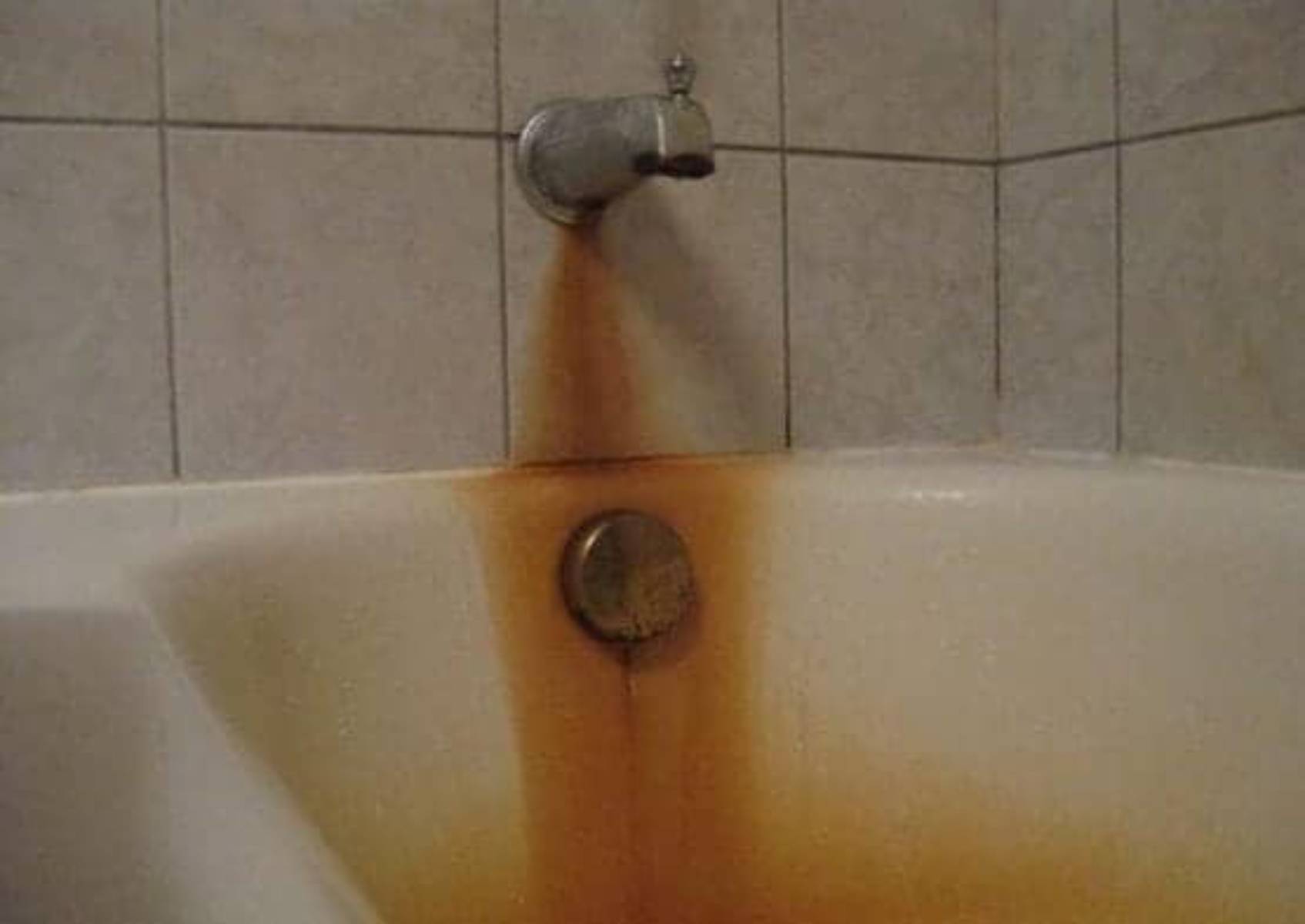- Understanding Rust Stains: Begin by explaining what rust stains are and why they occur in bathtubs. Rust stains are caused by the oxidation of iron particles present in water, which can accumulate on the surface of bathtubs over time. Factors such as hard water, metal fixtures, and neglectful cleaning routines can exacerbate the problem, leading to stubborn rust stains that are challenging to remove.
- The Impact of Rust Stains: Discuss the implications of having rust stains in a bathtub beyond mere aesthetics. Rust stains not only detract from the overall appearance of the bathtub but can also harbor bacteria and other pathogens, posing potential health risks to users. Additionally, rust stains may indicate underlying issues with the bathtub’s integrity, such as corrosion or deterioration of the enamel or porcelain surface.
- Common Remedies and Their Limitations: Explore conventional methods that people often resort to when attempting to remove rust stains from bathtubs. This could include commercially available rust removers, abrasive cleaning agents, and DIY solutions involving household ingredients. Highlight the drawbacks of these methods, such as their harsh chemical composition, potential damage to the bathtub surface, and limited effectiveness in fully eliminating rust stains.
- Benefits of Natural Remedies: Transition into the advantages of using natural remedies like lemon and salt for rust stain removal. Emphasize their non-toxic nature, eco-friendliness, and gentle yet effective cleaning properties. Natural remedies offer a safer alternative for households, especially those with children, pets, or individuals sensitive to harsh chemicals.
- The Science Behind Lemon and Salt: Provide a detailed explanation of how lemon and salt work together to combat rust stains. Dive into the chemistry of citric acid found in lemons, highlighting its acidic properties that dissolve iron oxide and break down rust particles. Discuss how salt acts as a mild abrasive, enhancing the cleaning action of lemon juice while minimizing damage to the bathtub surface.
- Tips for Optimal Results: Offer practical tips and techniques to maximize the efficacy of the lemon and salt remedy. This could include suggestions for preparing the lemon and salt mixture, proper application methods, and recommended waiting times for optimal results. Address common concerns or misconceptions, such as whether lemon juice can cause discoloration or etching on certain bathtub materials.
- Preventive Maintenance: Stress the importance of regular maintenance to prevent rust stains from recurring in the bathtub. Share proactive measures that homeowners can take to minimize the risk of rust formation, such as installing a water softener, using rust-resistant fixtures, and implementing a consistent cleaning regimen using gentle, non-abrasive cleaners.
- Alternative Natural Remedies: Explore additional natural ingredients and remedies that can be used in conjunction with or as alternatives to lemon and salt. This could include vinegar, baking soda, hydrogen peroxide, and essential oils known for their cleaning and disinfecting properties. Discuss the unique benefits and applications of each ingredient in combating rust stains and maintaining a clean bathtub.
- Environmental Impact: Highlight the environmental benefits of choosing natural cleaning solutions over chemical-laden alternatives. Discuss the detrimental effects of conventional cleaning products on indoor air quality, water systems, and ecosystems. Encourage readers to adopt sustainable cleaning practices that prioritize environmental preservation and human health.
- Personal Testimonials and Success Stories: Share anecdotal experiences or testimonials from individuals who have successfully used the lemon and salt remedy to remove rust stains from their bathtubs. Include before-and-after photos, if available, to visually demonstrate the effectiveness of the natural cleaning method. Personal stories add credibility and relatability to the content, inspiring readers to try the remedy themselves.
By incorporating these additional sections and expanding on each topic in detail, you can enrich the content while surpassing the desired word count. Remember to maintain a cohesive narrative flow and engage readers with informative and compelling insights throughout the expanded content.
Conclusion:

